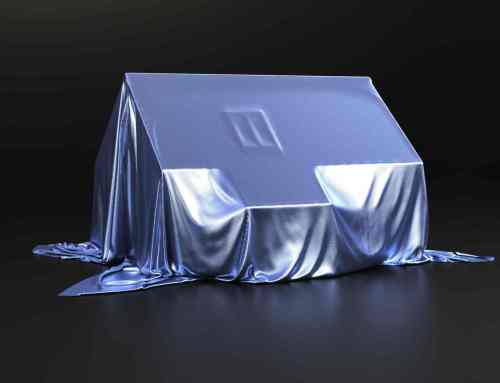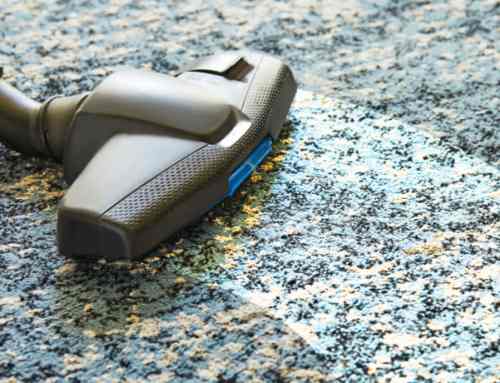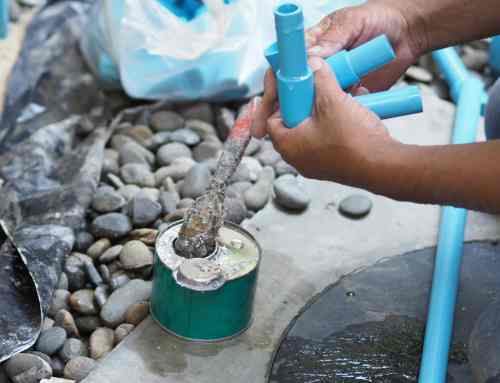What You Need to Know About Lead Paint
 Prior to 1978, lead was added to surface coatings to improve paint performance, making it more durable, speed drying and help retain a clean, fresh appearance. Throughout the 20th century, over 4 million tons of lead was used in white paint alone. More than 3 million tons of lead remains in homes built before 1980. The older the home, the more likely it is to contain lead paint and the higher the lead content of that paint will be. Paint manufacturers began progressively reducing lead percentages in the 1950’s. Lead paint was banned from use in homes in 1978 because of the dangers of lead poisoning to children. Why are children the most at-risk? For one thing, small children are far more likely to place toys and other objects into their mouths. If there are lead paint chips or dust, children are likely to ingest it. Lead paint is particularly dangerous because it tastes sweet. This may encourage children to put lead chips and toys with lead dust into their mouths.
Prior to 1978, lead was added to surface coatings to improve paint performance, making it more durable, speed drying and help retain a clean, fresh appearance. Throughout the 20th century, over 4 million tons of lead was used in white paint alone. More than 3 million tons of lead remains in homes built before 1980. The older the home, the more likely it is to contain lead paint and the higher the lead content of that paint will be. Paint manufacturers began progressively reducing lead percentages in the 1950’s. Lead paint was banned from use in homes in 1978 because of the dangers of lead poisoning to children. Why are children the most at-risk? For one thing, small children are far more likely to place toys and other objects into their mouths. If there are lead paint chips or dust, children are likely to ingest it. Lead paint is particularly dangerous because it tastes sweet. This may encourage children to put lead chips and toys with lead dust into their mouths.
Hazards of Lead Paint
Lead is especially hazardous to children under age 6 whose bodies are rapidly developing. Lead attacks and damages the nervous system, can slow growth rate and development, damage kidneys and every other organ in the body. Symptoms include behavioral problems, such as irritability and shortened attention span, hyperactivity, suppression of appetite, sleep disturbance, hearing impairment, short-term memory loss, and reductions in intelligence. In adults, exposure to lead can cause reproductive problems, high blood pressure, depression and other mood disorders. Exposure to high levels of lead can lead to nausea, flu-like symptoms, body aches, extreme fatigue and in severe cases, coma and even death. Lead dust can come from deteriorating paint or remodeling activities that disturb lead paint.
Adults are more likely to be exposed to lead dust through inhalation during work activities. Lead can be absorbed into the blood through the lungs and distributed throughout the rest of the body. How can you determine if your home contains lead based paint? You can purchase a lead paint test kit at many paint stores or home improvement centers and do it yourself. For the most definitive results, hire the services of a certified Lead Risk Assessor, Lead Paint Inspector or Certified Dust Sampling Technician to do the sampling and testing for you. If you find that you have lead-based paint, don’t panic. You simply need to take steps to reduce your exposure to the lead.
Here are some suggestions:
Have the items replaced using dust control measures, thorough cleaning and proper disposal. Professionals certified in Lead Safe Work Practices should replace items that are difficult to remove. Cover the lead-based paint. There are specialized sealants that you can use to encapsulate and control a deteriorating surface. This is a temporary solution. Remove the contaminated paint. Hire a professional lead paint abatement contractor. It is important that the company you hire be certified to remove lead paint. Improperly done, lead paint removal can create a great deal of lead-contaminated dust, chips and debris, leaving your home more contaminated than before.
Periodically, wet mop and wipe lead contaminated surfaces such as windowsills, trim, walls and floors with household cleaning detergent solution or a specialty cleaner designed for lead dust. This is a preventive, ongoing maintenance measure and is not an alternative to replacement or removal.
Any carpeting and upholstery exposed to lead dust should be professionally cleaned to remove dust and contamination, especially after a renovation or remodeling.
Work done by Clean Pro Disaster Services in the event of storm, fire and flood restoration services also falls under the Lead RRP laws. Because of our training and certification, you can be confident that you and your family are safe from the dangers of lead paint removal while we work in your home.







